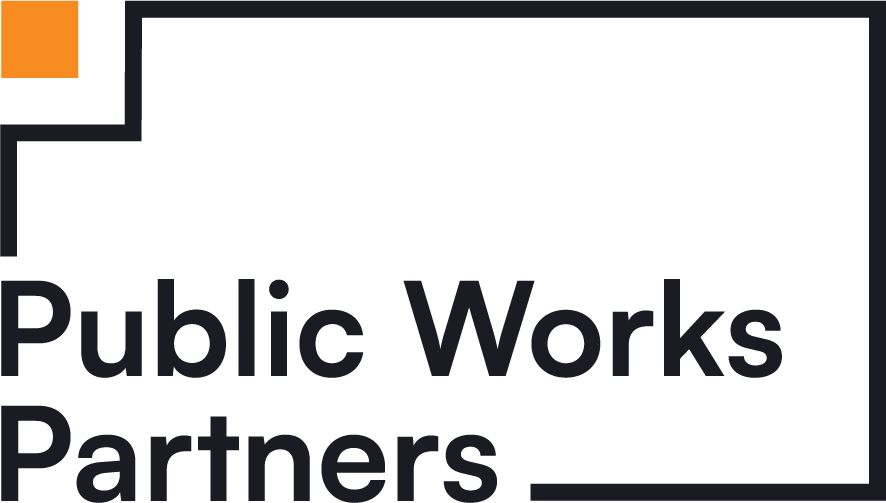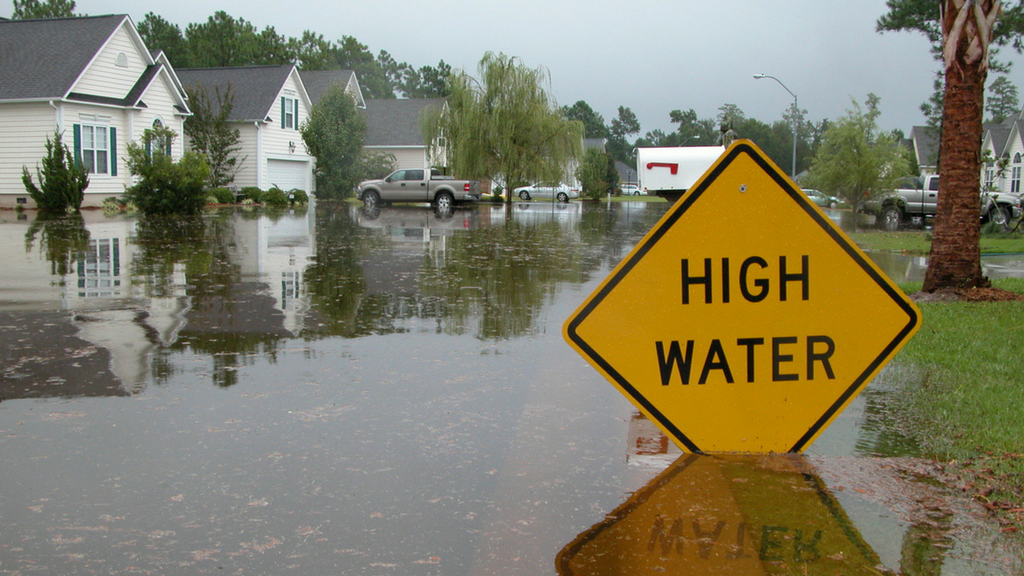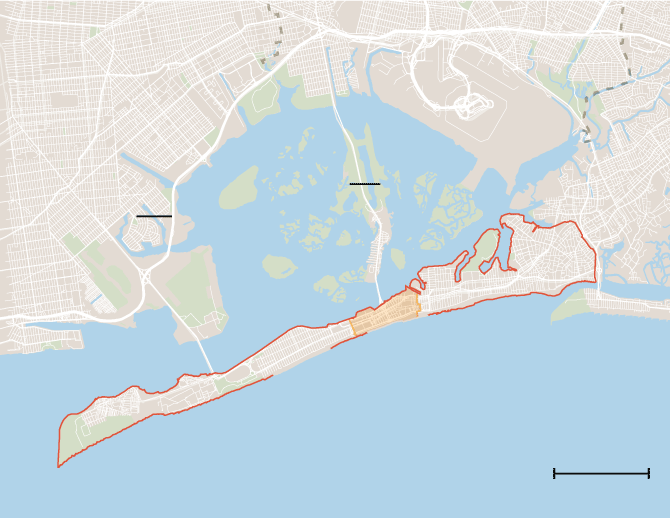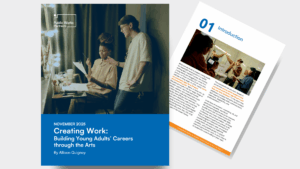In the wake of Texas’s devastating floods, and as we enter Hurricane Season, a colleague asked me how the United States can plan for an equitable retreat from flood zones. I spent years in the New York City government supporting local small businesses in their recovery from Hurricane Sandy, building up their resilience so they could be better prepared for future disruptions. Retreating from the waterfront was not a mainstream consideration at the time, but the conversation is gaining traction. While I believe that a thoughtful managed retreat is a necessary part of the solution going forward, we also need to be pragmatic. The process will be painful and not nearly as equitable as politicians will, inevitably, make it out to be.
Living along the waterfront is part of the bedrock of human civilization, for transportation and trade, and also for the aesthetic. A quick look at any map will show you how major population centers developed around coastal harbors and rivers. This development often has not respected natural structures that can mitigate flood damage, from building communities on coastal barrier islands like the Rockaways in NYC, to channel straightening and the urbanization of wetlands on the Mississippi. Over the past 50 years, building in high flood risk areas has been further accelerated by the National Flood Insurance Program (NFIP), which subsidizes the price of insurance to live in these areas and creates false incentives for investment.
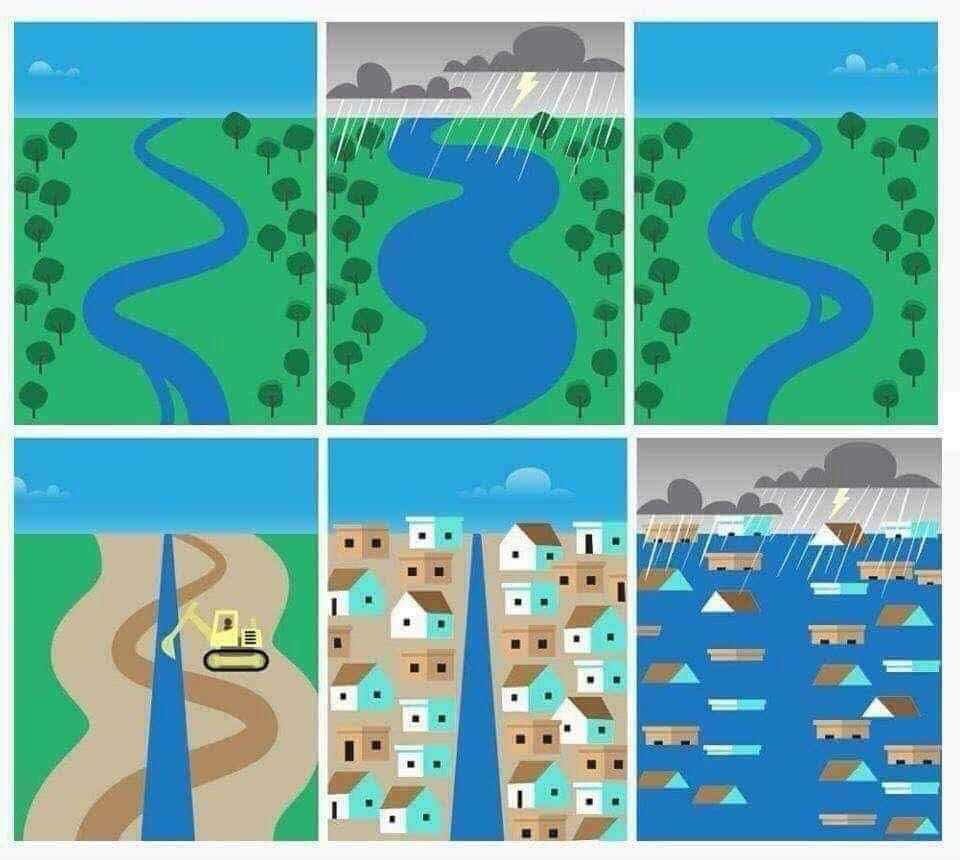
Not only has the NFIP skewed the perception of risk, we must also recognize which Americans live in high risk areas. Flood zones are a case study of the widening income inequality in the United States. These areas include some of the most expensive and exclusive waterfront properties, as well as neighborhoods with families living paycheck to paycheck. When climate change makes it riskier to stay in these flood-prone homes, wealthier residents have the resources to take on the risk or relocate elsewhere. But for low-income communities, leaving can mean losing everything, including the chance to build equity through homeownership. Without funding, residents can become “climate prisoners” – trapped in unsafe areas because they simply cannot afford to move.
The NFIP is broken and broke, and the United States has not indicated interest or political will to compensate citizens to move out of most high-risk flood zones. The obvious and painful first step is to scrap the NFIP and let the market set a price that accurately reflects the risk of living in the flood zone. Factoring in actual costs and risk will likely mean higher insurance prices that only affluent Americans can afford. In determining the most effective use of public money, we must ask why the government continues to subsidize luxury homes in Martha’s Vineyard, the Hamptons, and Palm Beach? We need to rip off the band-aid.
As frustrating as the current state of affairs is, this shift requires a thoughtful approach. The federal government and states should commission studies to model out the most aggressive sequencing and timeline to phase out the NFIP region by region, so that this doesn’t trigger a collapse of property markets. Cities need to update their zoning to make building additional housing outside of flood zones easier, as climate displacement will worsen the current housing crisis. Savings from sunsetting the NFIP can be reallocated towards incentives and programs for a managed retreat that at least partially covers relocation. Whether or not we like it, communities will be displaced. We need to make the hard decisions now.
